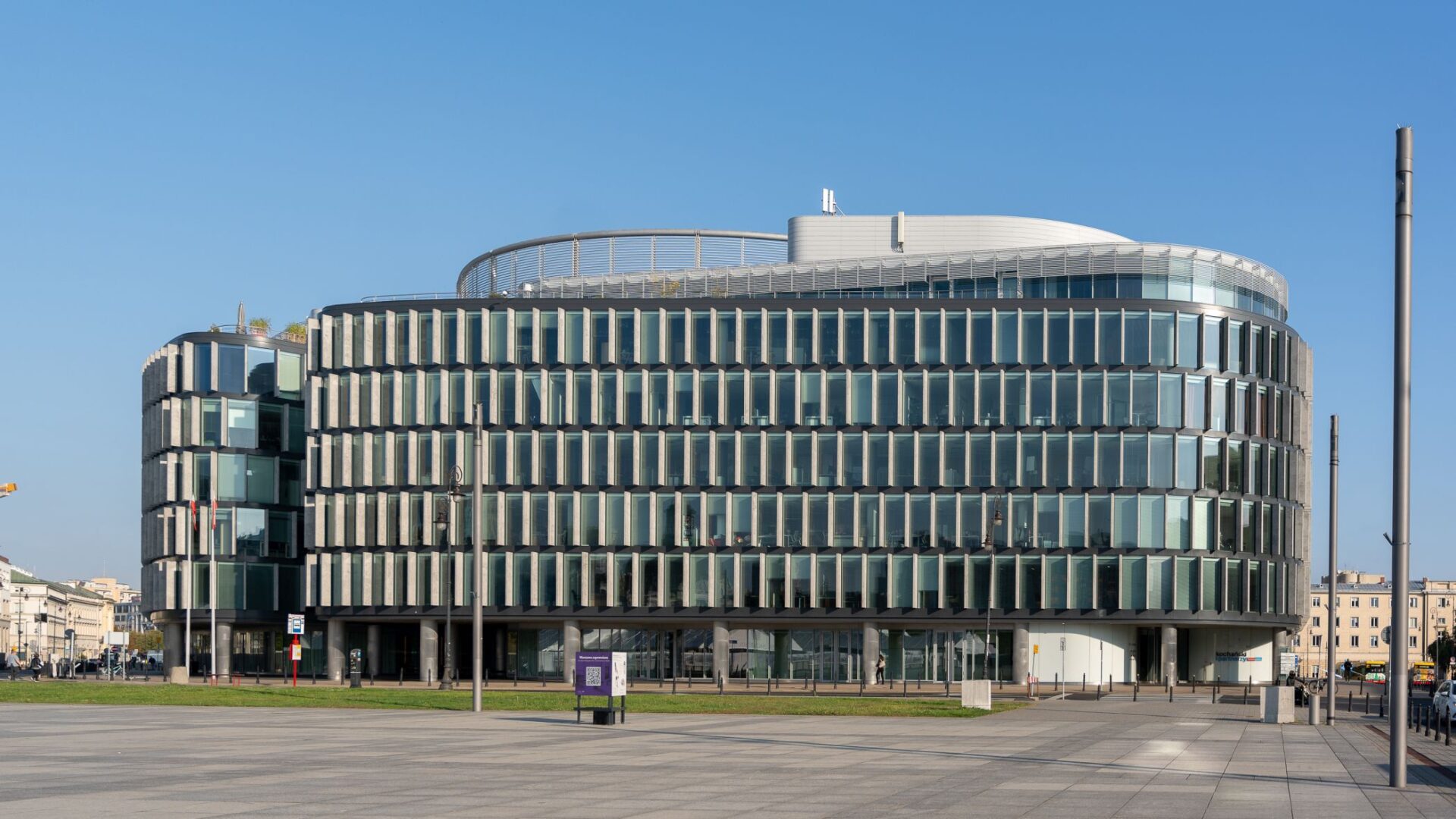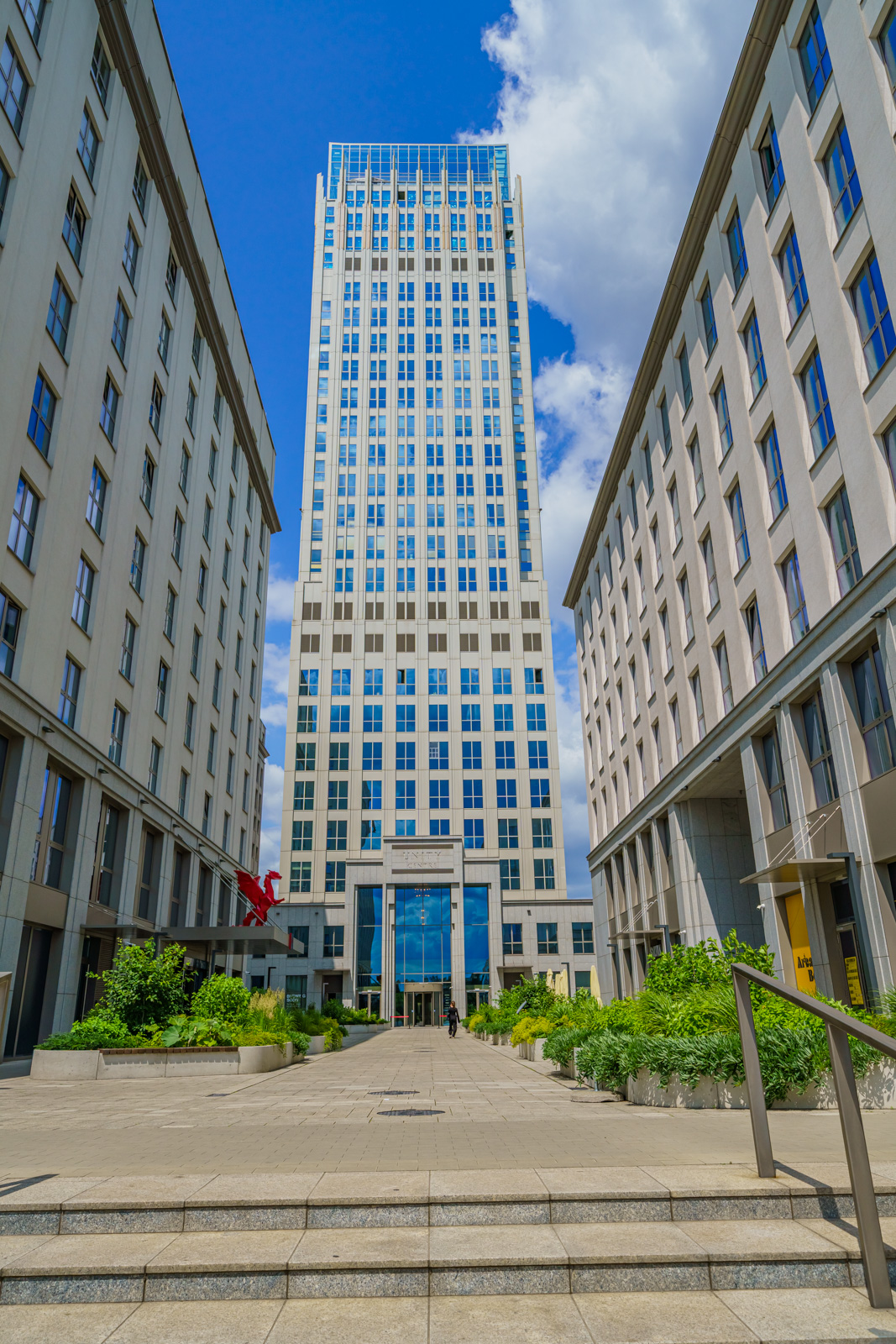2020 was one the poorest in the last decade for the Bucharest office market in terms of demand, reflecting uncertainties generated by the effects of the Covid-19 pandemic on tenants’ plans. Overall, gross take-up declined by c.40 percent compared to 2019 to 214,000 sqm, the lowest level since 2012, while new demand stood at around 70,000 sqm, according to the 2020 annual report released by Colliers. The effects of the “pandemic year” continue to be felt in the Bucharest office sector in 2021, with a recovery likely to last several years.
Outside Bucharest, the gross demand in the four major office submarkets – Cluj-Napoca, Timișoara, Iași and Brașov – decreased some 19 percent in 2020, to 60,000 sqm, though more than half of last year’s take-up came from a single lease, a renewal of over 30,000 sqm in Iași (Amazon). Colliers consultants continue to hold a rosy long-term view for these markets, which hold a cumulated modern office stock of close to 900,000 sqm, less than one-third of Bucharest’s, while these cities tend to have a similar pace for job creation in “officeable” sectors, with a prospect for acceleration in the future.
The lower demand in the overall market can be explained by the fact that companies that were not in advanced stages of negotiations or were not pressed by immediate needs, such as a contract expiry, placed all major real estate related decisions on hold until they had more clarity. At the start of 2021, nothing much has changed on this front, with companies still having a “wait and see” strategy, expecting to see how things will look out later, particularly with regards to vaccinations, and when and how many employees would be returning to work. The current context is, however, a good moment for companies to transform their offices and adapt them to the future way of working, Colliers consultants appreciate.
Colliers innovates and responds to current challenges and future needs in the office market with Office 360°, a complete approach of the office with all its touchpoints, carried out in a unique and highly complex process that is tailored to the very last detail to fit the companies’ needs and strategic plans. Colliers’ approach to cost control at each stage of the office transformation delivers additional savings often in excess of 10-15 percent, when compared to the values obtained usually from contractors, in negotiations during the tender stage.
In terms of delivery, 2020 was a robust year for the Bucharest office market, with some 156,000 sqm of new modern offices delivered, quite a bit less than the initial assessment of around 200,000 sqm at the start of the year. Also, there is a big difference compared to the 286,000 sqm seen in 2019, but it is still a fairly robust figure at around 5 percent of the current modern office stock in Bucharest. In 2021, about 250,000 square meters of new modern offices are set to be finalized, with pre-lease ratios at around 40% for new projects at the end of the previous year.
A positive aspect is that the major additions in 2020 were spread throughout different submarkets, a sign of a mature and stable market. The most important new spaces are Ana Tower, in the Piața Presei/Expoziției submarket, the third phase of Globalworth’s Campus project in Dimitrie Pompeiu, One United’s One Tower in Floreasca/Barbu Vacarescu, another building in Skanska’s Campus 6 project and the final phase in the Forte-developed The Bridge in Center West. With these new additions, the overall leasable area of offices in Bucharest is closing in on the 3 million sqm threshold.
“In general, the new supply remained well-received in Bucharest, as the city still has a low supply on a per capita basis compared to other European service centres, plus a large part of the offices here are fairly old and not up to par with modern standards. But, the moment has not been a favourable one, meaning that some of the new deliveries had below-average occupancy rates, compared to the record year of 2019. Moreover, the pandemic favoured the emergence of a secondary market fueled by the extra spaces leased by large corporations. Most of these companies leased speculatively some additional spaces in order to match the expected increase in the number of employees. Based on our estimates, the sublease offer at the end of 2020 was already in excess of 60,000 sqm, more than 2 percent of the stock and this only increased in the first quarter of 2021,” explains Sebastian Dragomir, Partner and Head of Office 360° at Colliers.
In the sublease market, as a positive aspect, a significant part of the upcoming tenants in subleased spaces, some of which likely were not accustomed to modern offices until now, may extend their leases with the landlord a few years. This market was fueled by the coronavirus pandemic hit, with most employees in offices starting to work from home. Also, the explosion in coronavirus cases as of autumn 2020 scrapped the plans for a comeback. In general, somewhere between 10 percent and 20 percent of employees came to work, but a lot of companies had single-digit percentages.
In terms of rents, it is a bit more inelastic in relation to demand and it may take some time before they start moving lower, but this is now a tenant’s market and landlords are forced to become more flexible and more generous with incentives. Older buildings, with poor positioning / technical specifications, should be much more exposed and their landlords may be forced to be even more flexible and maybe cut back rents by 5-10 percent in order to remain competitive relative to newer buildings. Regarding vacancy, last year saw it increase to a 4 year high of 13.75 percent from a little over 10 percent in the previous year. Vacancy continues to be generated especially by older, less prime buildings, with an overall vacancy in the Bucharest office market being expected to climb upwards to 18 percent by year-end, and in a worst-case scenario, we would not exclude it even climbing towards all-time highs seen during the 2009-2010 recession, of over 20 percent, for a short term.
“We are now seeing landlords sometimes offering leases below the 5-year standard duration and they are also a bit more flexible on the break options. Further pressures on rents are emerging from the rising sublease market, which offers prospective tenants fitted-out offices at quite attractive rents and even more flexible conditions. However, the impact on rents is likely to be nuanced and prime buildings should be fine: they tend to have big blue-chip tenants and though these may start subleasing part of their offices, the very good offices in Bucharest have had above average occupancy this past cycle and we would expect things to remain like this”, says Sebastian Dragomir.
Going further, Colliers consultants expect a lot of buildings due in 2022 or later to be postponed at least until the market balances itself out. Normally, there is at least 400,000 sqm of lease expiries every year and, in 2021, part of these may end up being much lower at renewal due to both current economic issues and the permanent impact of remote work. But they remain quite optimistic about the Bucharest office market in the longer run.
“Furthermore, we see the undersupply of modern offices in Bucharest as an insulating factor over the longer term and we would rather expect the modern office stock to start growing again in a few years; consequently, it could surpass 4 million sqm by the end of the new decade, and might even close in on the 5 million sqm milestones, if no other (economic) crisis will show up on the radar. Meanwhile, regional cities will remain more budget-friendly alternatives compared to Bucharest and will continue to offer somewhat less tight labour markets. We expect these to start growing faster than Bucharest sometime this decade”, concludes Sebastian Dragomir.







